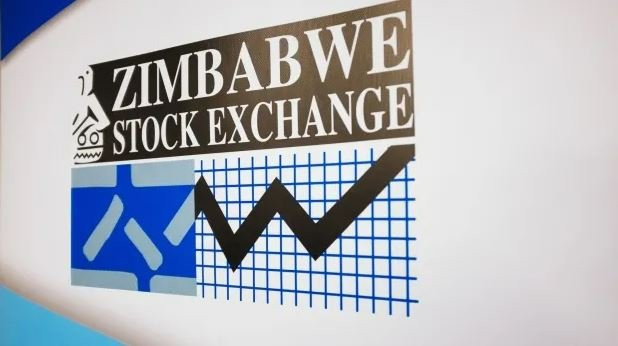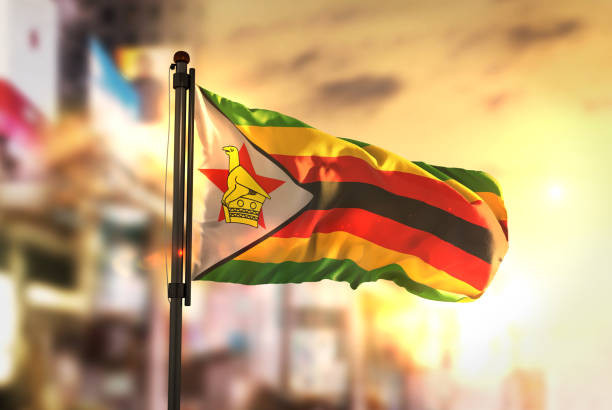
PRESIDENT Emmerson Mnangagwa has recently come out to once again reiterate that he will not seek a third term.
The Zanu PF Youth League had chanted a slogan suggesting that the President would still be at the helm by 2030 — two years after the lapse of his two terms.
The cat had been thrown amongst the pigeons.
Commentators and analysts, including myself, committed pen to paper, exploring the possibilities, impossibilities, motivations, and implications of such a move.
The Constitution of the country would disqualify him anyway, but that could be amended if he had enough will and political capital.
Whether the proposition was a genuine pursuit or they were just flying a kite, the reaction within Zanu PF and the general public demonstrated how untenable that proposition would be. So, here we are back to the future.
Factionalism will rear its head
Following Mnangagwa’s announcement last week that he will not be pursuing a third term, factional lines for succeeding the president are sure to become more discernible.
- Corruption Watch: Get scared, 2023 is coming
- Corruption Watch: Get scared, 2023 is coming
- Letters: Ensuring Africa’s food security through availability of quality seeds
- Is military's involvement in politics compatible with democracy?
Keep Reading
Various factions are set to converge and consolidate around whatever candidate they prefer. There are not many obvious torchbearers, though, but the interests are clear.
The factions in Zanu PF have been at bay for some time but are certainly organising for exactly this moment. In the coming two years, the lines will become more visible as factionalism rears its head — we hope not the usual ugly head.
The identity and personalities of those factions will be confirmed in good time, but it would seem that three are discernible at the moment.
Lacoste faction
The faction in pole position currently is the Lacoste faction, which came into power in 2017 with the current president as its leader and with support from the war veterans and the military.
As expected, it has continued to dominate the party and government. It is important to note that its composition has since changed, and the alliances that catapulted it into power have shifted.
An incumbent faction also weakens over time due to the responsibility of running the state, which takes it away from parochial factional politics and gamesmanship.
The faction running the government simply does not have time on its hands. On the other hand, it enjoys the power of incumbency, having control over resources, proximity to power, and influencing the distribution of rents.
Its relationship with the military seems to have become strained over the years.
The leaders of this faction seem to remain the same. The president will have much influence on succession and is likely to prefer one of his allies.
The running of the faction may once again be in the so-far dependable hands of figures like July Moyo and Virginia Mabiza, whose influence within the faction and within the government grows by the day.
Her star is on the rise, with her recent elevation to Attorney General, yet she manages very well to fly below the radar of many analysts.
Of course, the fact that the president is in his last term makes him weaker politically, and his influence may wane with time as he is on his way out.
The Chiwenga faction
Whatever remains of the so-called COSLEG faction of the military element in Zanu PF will likely consolidate around Vice-President Constantino Chiwenga.
His ambition for the top job seems to have remained strong, though he has been disciplined enough to keep it in check.
With the race thrown wide open by the president's announcement that he will not seek a third term, he will not be jumping the gun if he throws his hat in the ring and makes it clear that he intends to succeed.
His incumbency as second secretary of Zanu PF and the more influential vice-president than his counterpart puts him in pole position with a strong stake.
His background and influence within the military also makes his faction a potentially strong contender in the succession matrix.
Coupled with the fact that his backers are mostly not in influential government positions, time is a resource that they have in abundance to organise.
It would, in my considered view be most likely to converge or ally with the G40 faction as their interests align.
G40 faction
While emasculated as successionism hit a crescendo in 2017, and some of its leaders in self-exile, the G40 faction was not decimated and has never demobilised.
It has remained a thorn in the flesh of its rivals as evidenced by the thorough vetting of candidates in internal Zanu PF elections.
Its influence is subtle but very deep, which is why all stops were pulled to stop one of its kinpins, Saviour Kasukuwere, from contesting the presidential election as an independent in the 2023 elections.
Having been the faction in a pole position within the party and government prior to 2017, it surely has many remnants and loyalists in key positions within the party, government, business, and media.
It also enjoyed a strong show of force when it almost won the succession race in 2017.
With most of its leaders relatively young, time, vitality, and innovation are the allies of this faction.
It also has deep pockets and can deploy the resources it amassed during its proximity to power before 2017.
The G40's Achilles heel is that its influential personalities have all been estranged from the party. While they can influence succession, its leaders may not ascend to the top job unless they somehow find their way back into the party ahead of the 2027 Congress. There is no clear pathway for this unless it strongly converges with one of the other factions.
The wild cards and spoilers
Indeed, there are political wildcards and spoilers, and it will be key to observe which way they gravitate.
These include former government minister Jonathan Moyo, the power couple of Chris and Monica Mutsvangwa, and the war veterans and George Charamba, amongst others.
These personalities are wild cards and they can strengthen or spoil the successionist agenda of different factions.
The sober view
Whatever feeble attempt at political adventurism by ‘third termists’ in Zanu PF has been stopped in its tracks by Mnangagwa’s announcement.
A move that is certain to rouse the gods of successionist politics in Zanu PF.
Succession has never been an easy discourse in the party since the days of the armed struggle and has never been settled smoothly and peacefully.
In the two instances that it has happened, it was brokered by the military. First through the Mgagao Declaration and secondly through the 2017 ‘military-assisted transition’ if I am to be politically correct in my nomenclature.
If Mnangagwa could steer the ship into a smooth transition during the succession period, he would have achieved a feat that has eluded Zanu PF since its formation 60 years ago.
Whatever his flaws — and there are several — this commitment to respect term limits casts him as cut from a slightly different cloth than his predecessor. Kalanga sagacity says, ‘Dombo yipa ntha in’ompela kuti ndizo bana bazanile imwe ntha.’ (the mountain must be ugly only on one side so that kids may play on the other).
This is my sober view; I take no prisoners.
- Dumani is an independent political analyst. He writes in his personal capacity. Twitter — @NtandoDumani.










